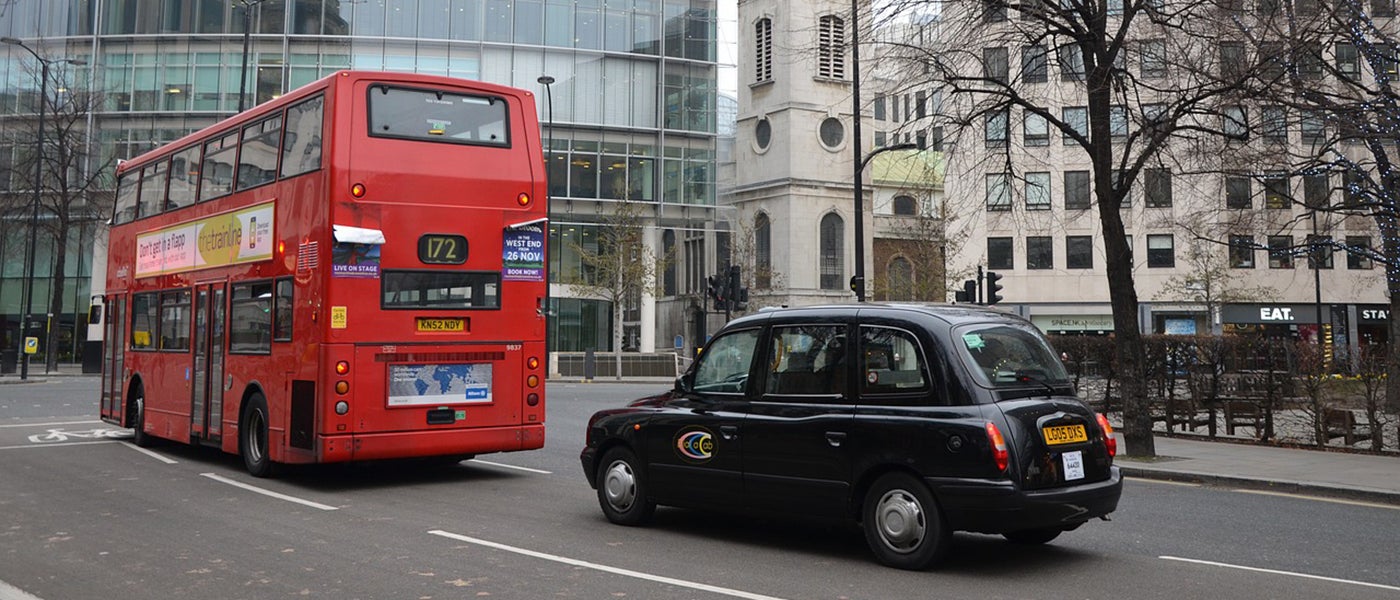- Home
- News and stories
- Plans for more inclusive transport
Plans for more inclusive transport
 24 July 2018
24 July 2018
Today the Government has published its new Inclusive Transport Strategy, outlining how they intend to make the transport network more accessible for disabled people. This includes over £300 million of funding to deliver the projects they’ve announced.
A positive commitment
The current transport system is set up in a way which deters – or even prevents – many disabled people from using it. The Inclusive Transport Strategy is a strong step in the right direction, dismantling some of the barriers disabled people face. This is not just about adjusting existing infrastructure to make it physically accessible, but tries to put the needs of all disabled passengers at the heart of designing our transport system.
Access for All
Our recent research found 40 per cent of disabled people have difficulty accessing train stations. The biggest announcement in the Strategy is that the Government is reviving the Access for All program, to provide funds to make railway stations more accessible. The £300 million which has been announced for the fund will go towards installing everything from lifts to tactile paving and automatic doors at more stations.
ConradI’ve lost out on great job opportunities because I arrived so late. There are no step-free stations near me so I have to drive everywhere, which takes so much longer.
And this is on top of existing requirements for station operators to improve accessibility when they renovate their stations.
It’s not just railways that are getting an upgrade. The Strategy also announced that £2 million will be spent installing Changing Places facilities in motorway service stations, allowing more disabled people travelling by car to access a suitable toilet.
AnonymousAs I am young and have an invisible disability, I am often accused of not needing the accessible seats at the front of buses and…people rarely give up their seat to me when I ask.
The Inclusive Transport Strategy has recognised this, with a focus on both staff training and changing behaviours of non-disabled passengers. This will require bus and rail operators to provide disability awareness training to their staff, and the Government will spearhead a campaign to improve awareness of disability among all passengers.
The Rail Ombudsman
Even after the changes announced, things will still go wrong from time to time. While we want the Government and transport providers to work to eliminate these errors in the first place, it’s important that disabled people are able to complain and have action taken if things don’t go to plan with a journey.
The Strategy has announced a new Rail Ombudsman to help disabled people seek recourse. This body will have the power to rule on complaints relating to accessibility, and deliver binding judgements – meaning it can force train companies to act.
This will be accompanied by a new system for registering complaints about bus services, which will go to the Driver and Vehicle Standards Agency who can take action against bus companies that don’t meet their obligations.
What’s next?
It’s worth noting that the Inclusive Transport Strategy contains many more proposed changes beyond the ones we’ve discussed in this blog.
While we have welcomed the Strategy, there is still much more to be done to ensure all disabled people are able to access and use transport as they wish.
As well as making sure the proposals from today are implemented in full, we’ll keep pushing the Government to make sure the transport system really is one that is fully inclusive and accessible to all disabled people.
 24 July 2018
24 July 2018







